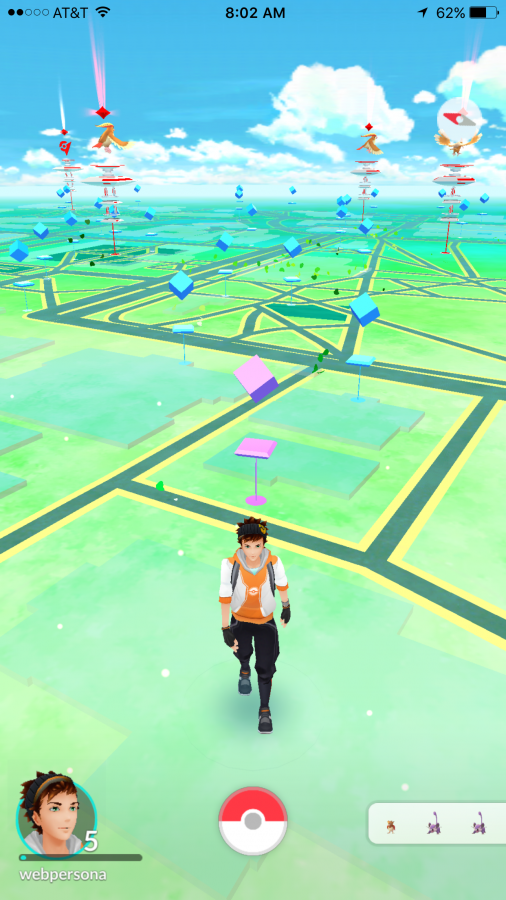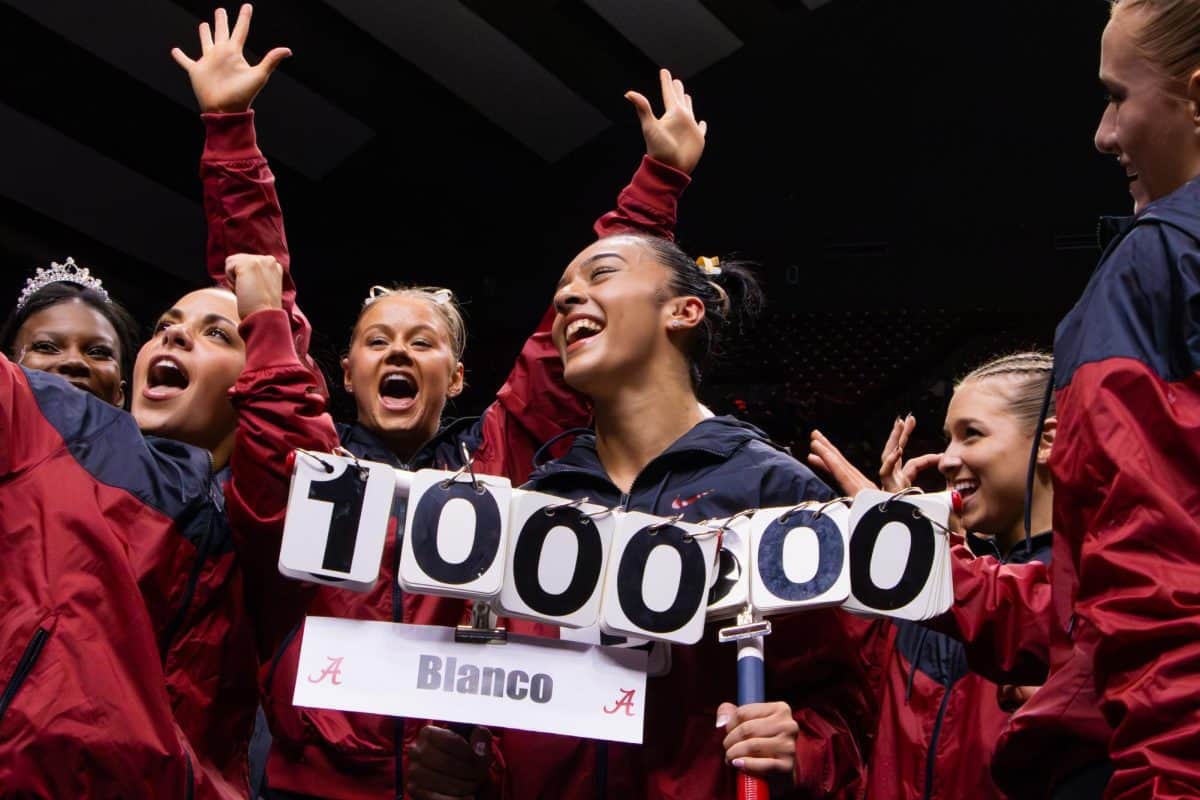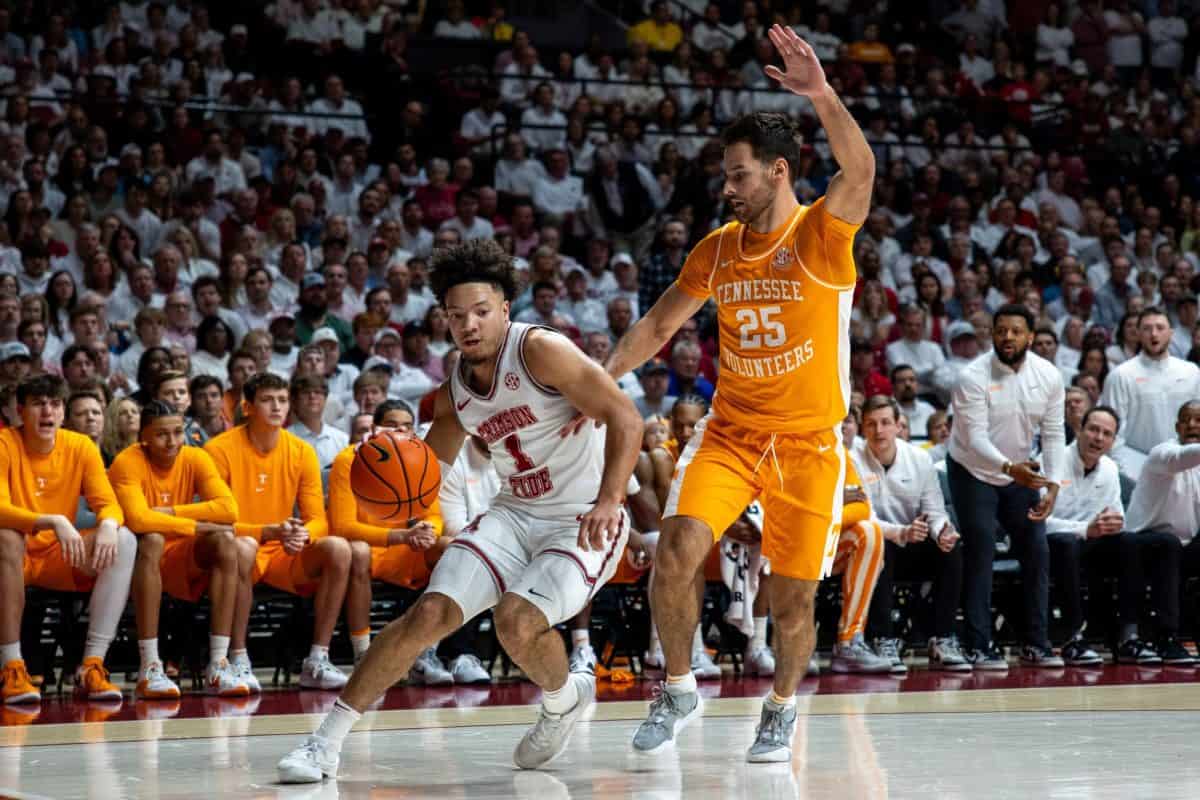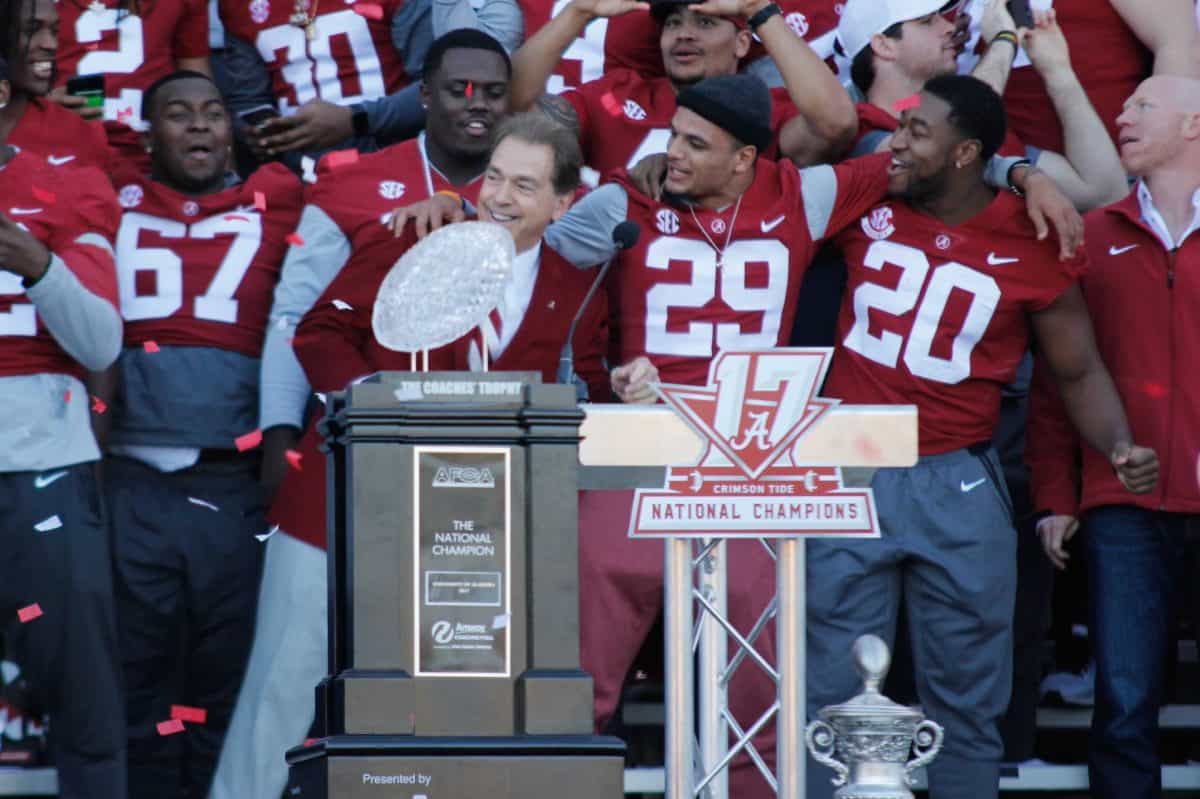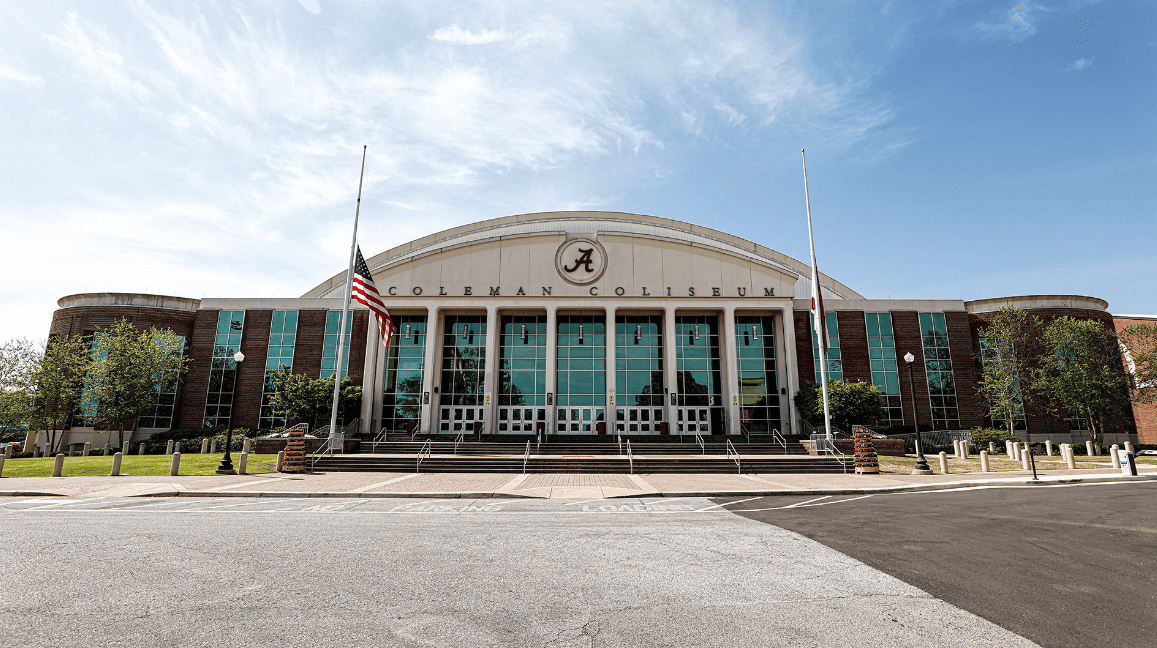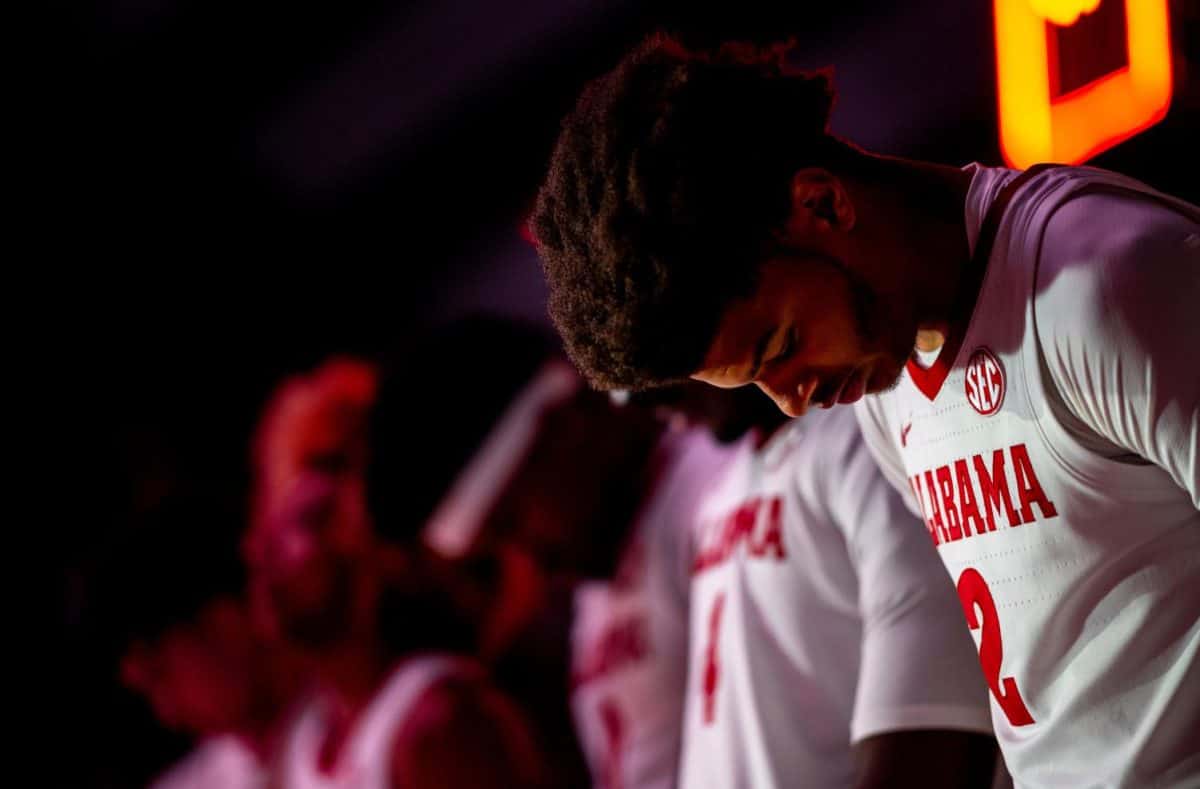Throughout the years, “Pokemon” has been a massive worldwide hit, inspiring players to “catch ‘em all” while exploring the lands of Johto, Kanto and others. Now, the game’s core exploration and elements have expanded to real world locations.
“Pokemon Go” is a new twist on the standard monster catching formula. Instead of controlling a character set out on a journey, players themselves are the character in a location-based Pokemon catching experience.
The main draw of “Pokemon Go” comes from capturing all of the 150 first-generation Pokemon in the world. Using the phone’s GPS, the app lets players see a visual representation of the world around them, filled with Pokemon hiding in tall grass.
When a player approaches a nearby Pokemon, their phone will vibrate to let them know that a capture is possible. In the main series of games, capturing Pokemon involves a battle to weaken the creature before tossing a Pokeball. In “Pokemon Go,” all players need to do is flick their finger up on the screen to add a spin to their Pokeball to catch them.
“Pokemon Go” was developed by Niantic Labs, the team behind “Ingress,” a location based game that shares a lot of similarities to “Pokemon Go.” However, “Pokemon Go” ditches the hacking aspects of “Ingress,” instead turning well-known locations such as Shelby Hall and Bryant-Denny Stadium into Pokemon Gyms.
These gyms act as control points, where players in a team wage war using Pokemon to control a location and be the strongest trainer around. Until another team knocks them off their throne, that is.
As well as gyms, players can find locations known as Pokestops where they can refresh their stock of Pokeballs, grab potions and get experience boosting items. This comes with a cool down timer of five minutes per location.
Luckily, The University of Alabama is filled with Pokestops. During a short walk from Bruno Library to the Ferguson Center, I came across five different stops each offering different items. While the app itself is free, players can also spend real money to get more items, though with the abundance of Pokestops nearby, it’s not necessary.
Though the game offers a variety of things to do and catch, it doesn’t feel like enough. Major staples of the franchise such as battling and trading with friends aren’t present in Pokemon. Battling is reserved to Pokemon gyms, where players will train in their own gym to make the location harder to capture or battle for control at another team’s gym.
On top of the lack of features, “Pokemon Go” offers little in terms of tutorial. For a franchise so centered on creating an accessible game for all ages, things like battles and differences in Pokemon based on height and weight feel confusing. Often I’d check online for answers only to come across people asking the same questions to no avail.
That being said, “Pokemon Go” is an interesting app that at this point, feels more like a social experiment that people are trying to unravel rather than a full game. In future updates, more Pokemon and other quality-of-life features will surely be added, but for now, “Pokemon Go” isn’t quite there yet.

